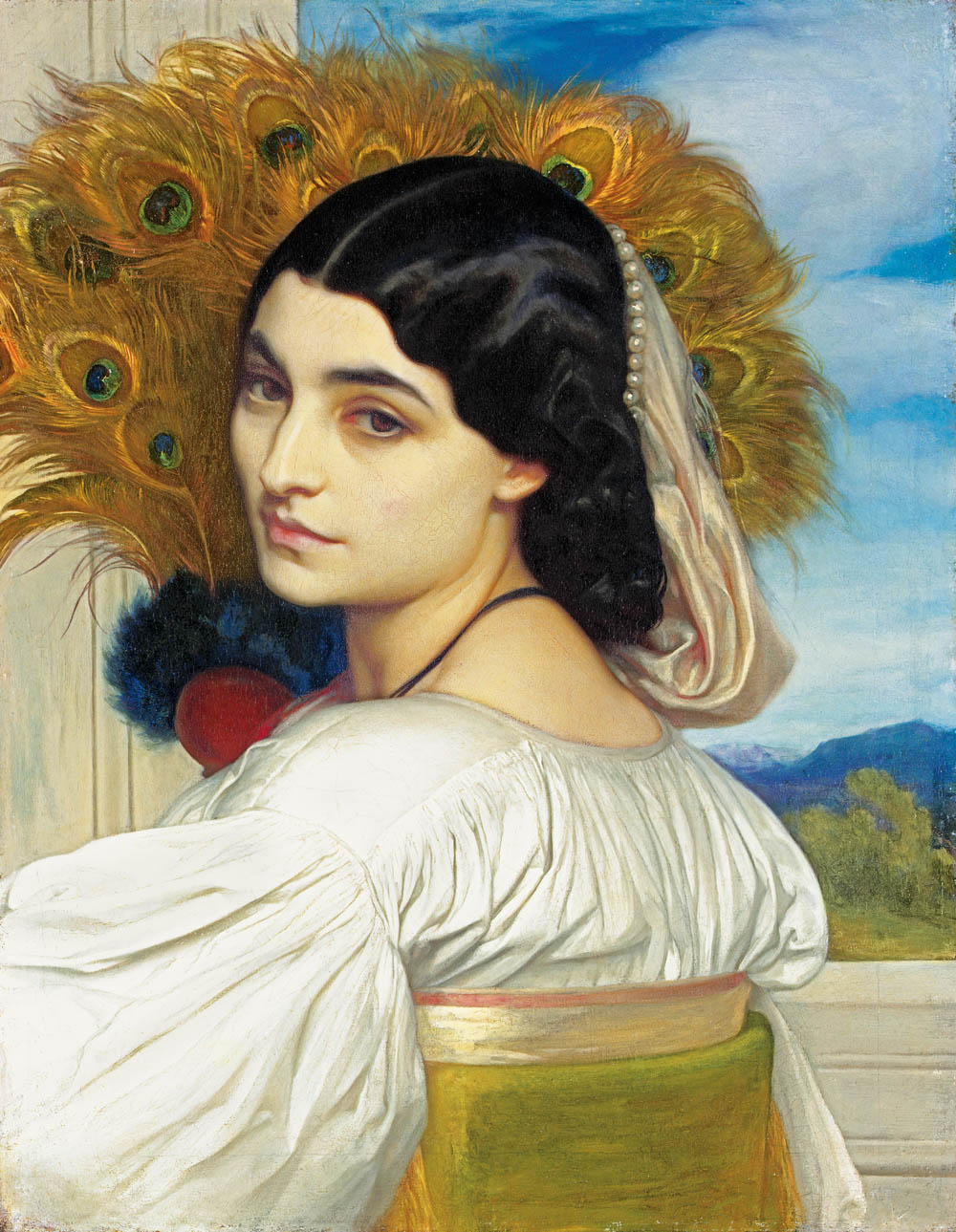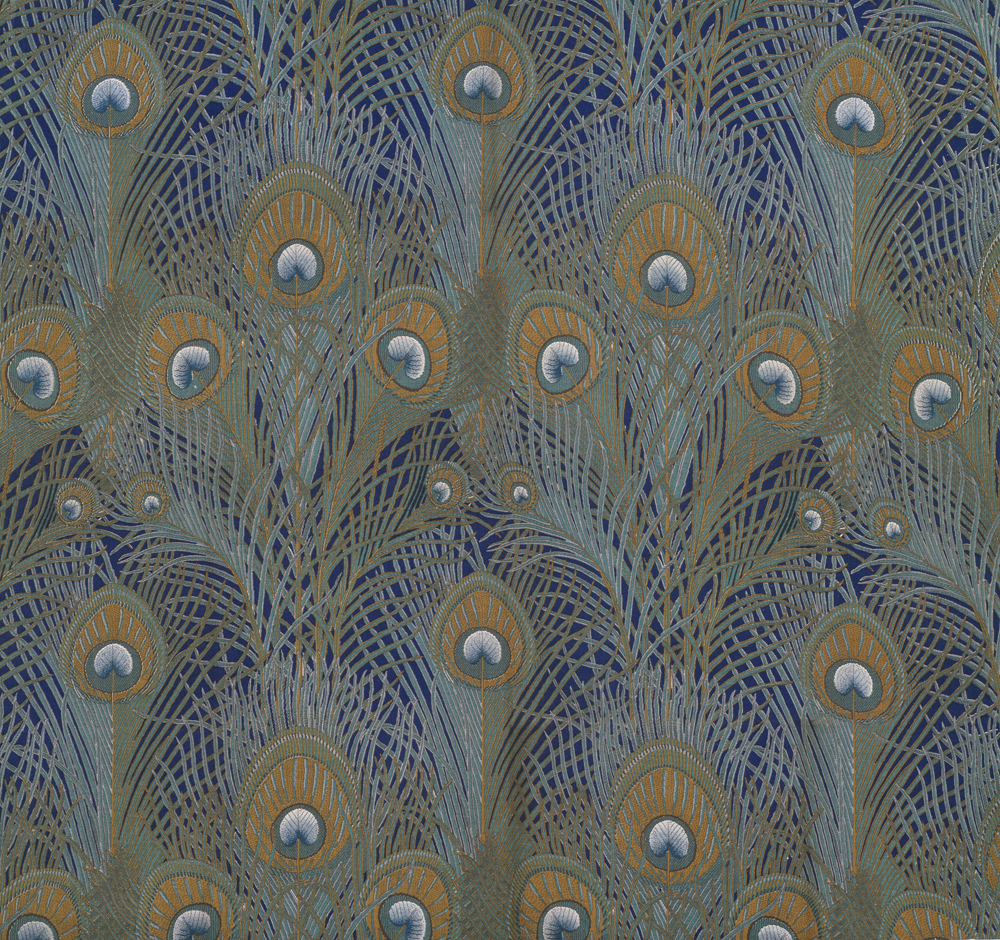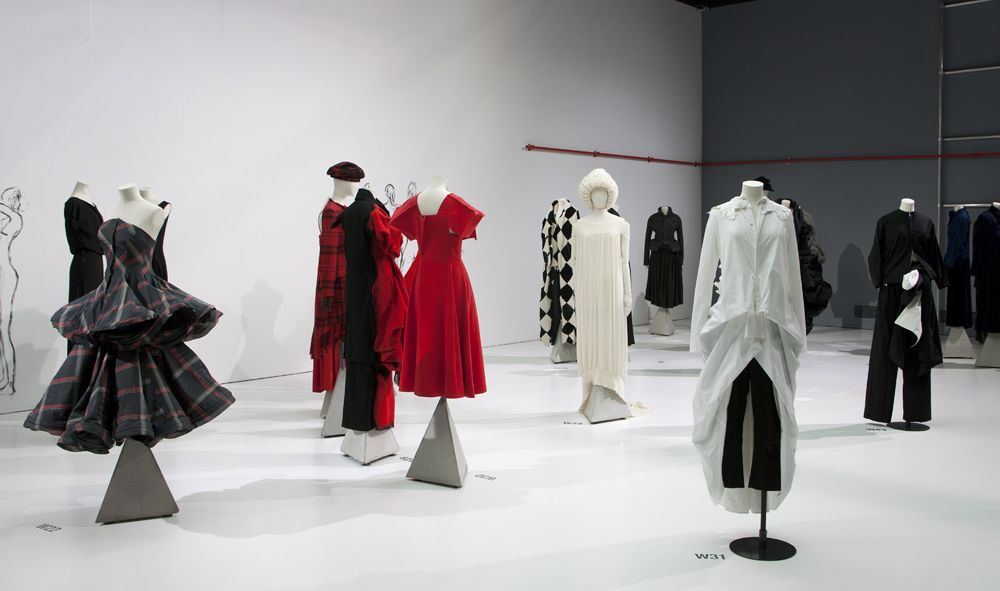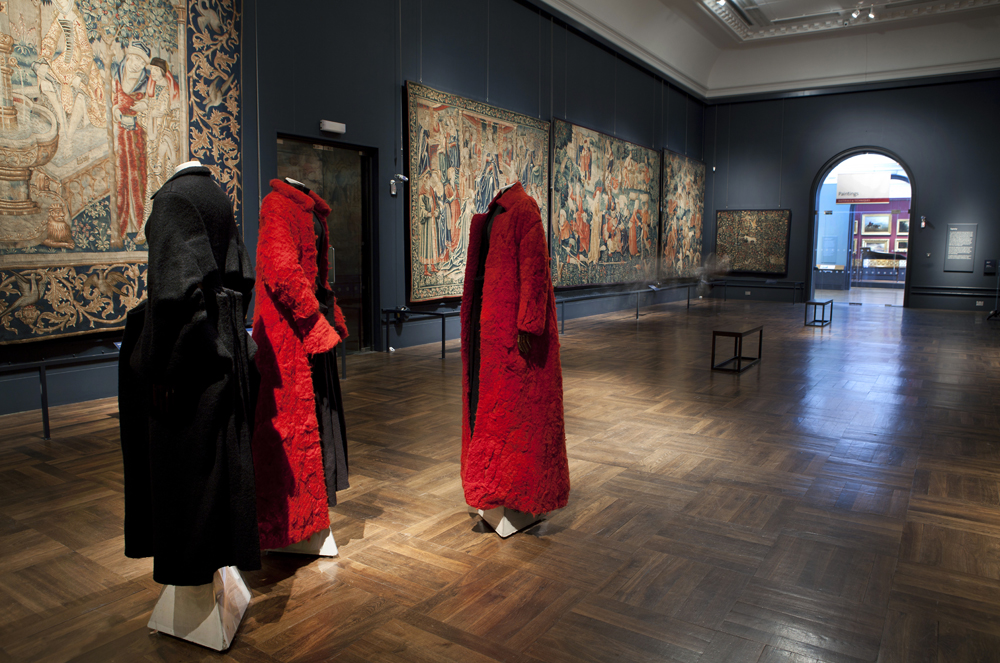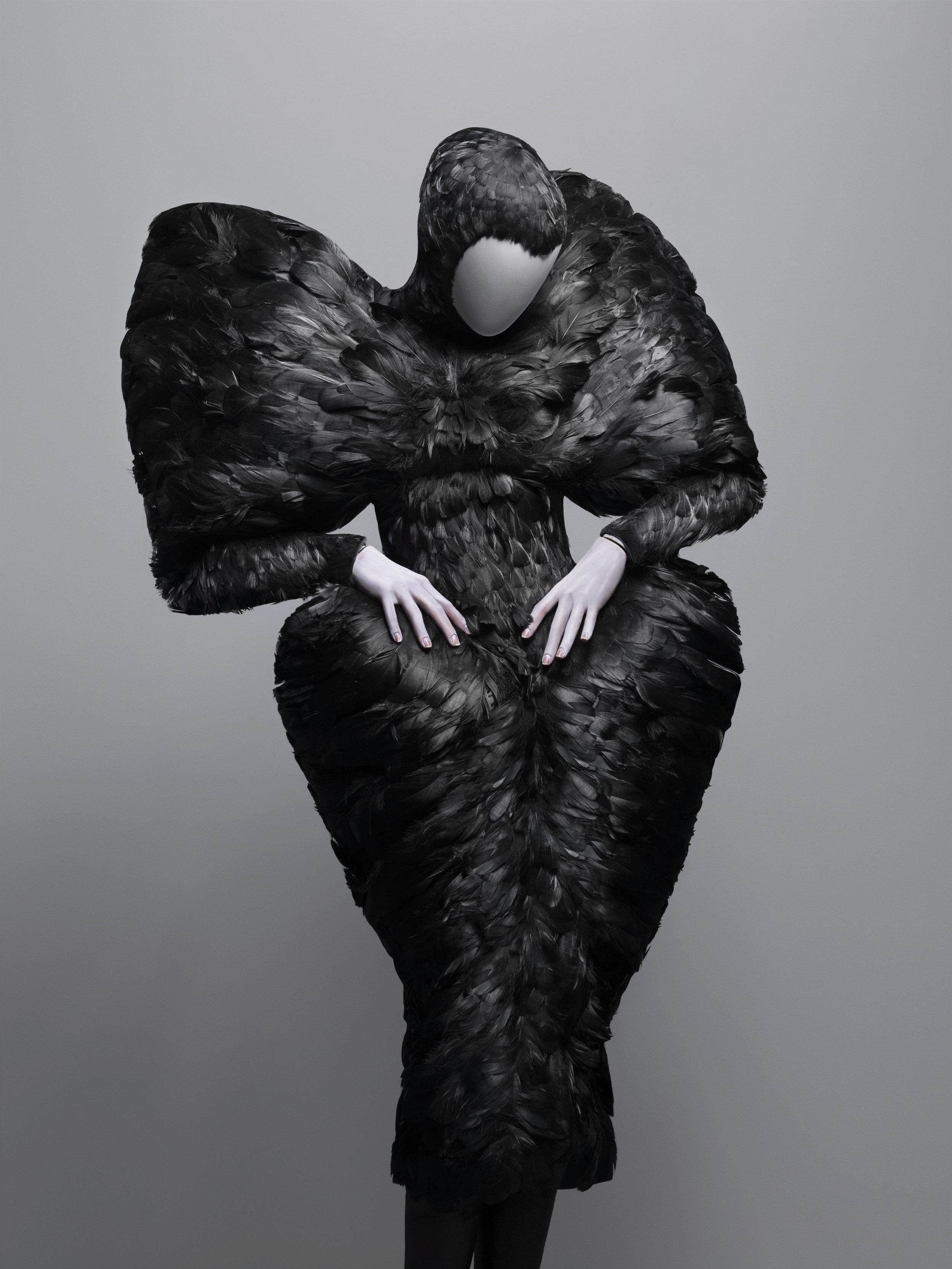Madame Grés, Couture at Work
/by Ingrid Mida
 Madame Grés, First Gallery.
Madame Grés, First Gallery.
Madame Grés once said: “I wanted to be a sculptor. For me, working with fabric or stone is the same thing.” Silk jersey was her medium and she dressed such women as the Duchess of Windsor, Jacqueline Kennedy Onassis, Nan Kemper, Marlene Dietrich, and Grace Kelly like “statues in the flesh”.
“Madame Grés, Couture at Work”, is a retrospective exhibition that opened in March in Paris. Presented by the Musèe de la Mode de la Ville de Paris (which is otherwise closed for renovations until 2012), the location could not be more perfect. Setting Madame Grés’ fabric sculpture creations amidst the bronze and stone sculptures of the Musèe Bourdelle highlights the purity of line and form that defines the clothing created by this master of couture.
The first gallery is a monumental hall filled with massive sculptures. If not for the photographs from the exhibition poster at the far end of the hall, I would not have known I was in the right place. It took a few moments for my eyes to come to rest on the glass cabinet in the centre of the room. From a distance what looks like it might be a sculpture cut from fine white marble is actually a 1945 Madame Grés evening gown crafted out of silk jersey. Adjacent to it is a photograph by Willy Maywald and a toile of a half-completed Madame Grés dress with the shaping still defined by pins. This first gallery makes it clear that this is not a run-of-the mill retrospective. The juxtaposition of the sculptures and the classical forms of Madame Grés’ work adds contrast, beauty and vibrancy to both art forms. The presentation also references the famous photographs of Madame Grés work that included sculptures or Greek temples in the background.
Touring the exhibition was a journey of discovery, especially with the minimal signage (in French only) and the irregular shape of the museum. It was not always obvious to me where to go next, but it mattered little. There was a heightened sense of anticipation of what might be around the corner or in another room. This element of wonder was particularly notable in the Bourdelle studio and apartment, where the sculptor’s tools, furniture and artworks seem to delineate the shaping of the liquid lines of Madame Grés’ creations.
The exhibition includes about eighty designs by Madame Grés from the Musèe Galleria and private collections, fifty original photographs by artists such as Richard Avedon and Guy Bourdin, and one hundred drawings from the Madame Grés archive donated to the museum for this exhibition by Fondation Pierre Berge-Yves Saint Laurent.
What is on display can only be described as exquisite. In many cases, the garments are elevated on wooden plinths that lift the garments to above eye level just as if they were sculptures. This also allows for closer inspection of the mastery of line, shape, form and construction that Madame Grés brought to her work. Each period of Madame Grés career was represented, including her earliest works under the label of Alix. Many of the pieces seemed to be timeless and even modern in their sensibility and it often took a careful look at the labels to correctly discern the date since the designer often revisited certain favorite looks.
My only criticism of the exhibition is the unilingual presentation. All the labeling is in French; the exhibition guide is only available in French; and the audio guide, which is available in English, is only for the Musèe Bourdelle sculpture works and includes no information on Madame Grés. Perhaps the museum did not anticipate many non-French speaking visitors to this out-of-the-way gallery, but it would have been wonderful if they had. This is a retrospective worth visiting, especially as the influence of Madame Grés can still be seen today in the work of such designers as Azzadine Alaia, Ralph Rucci and Isabel Toledo.
All photos by Ingrid Mida
Ingrid Mida is an artist and writer whose works explores the intersection between fashion and art. She is represented by Loop Gallery in Toronto.


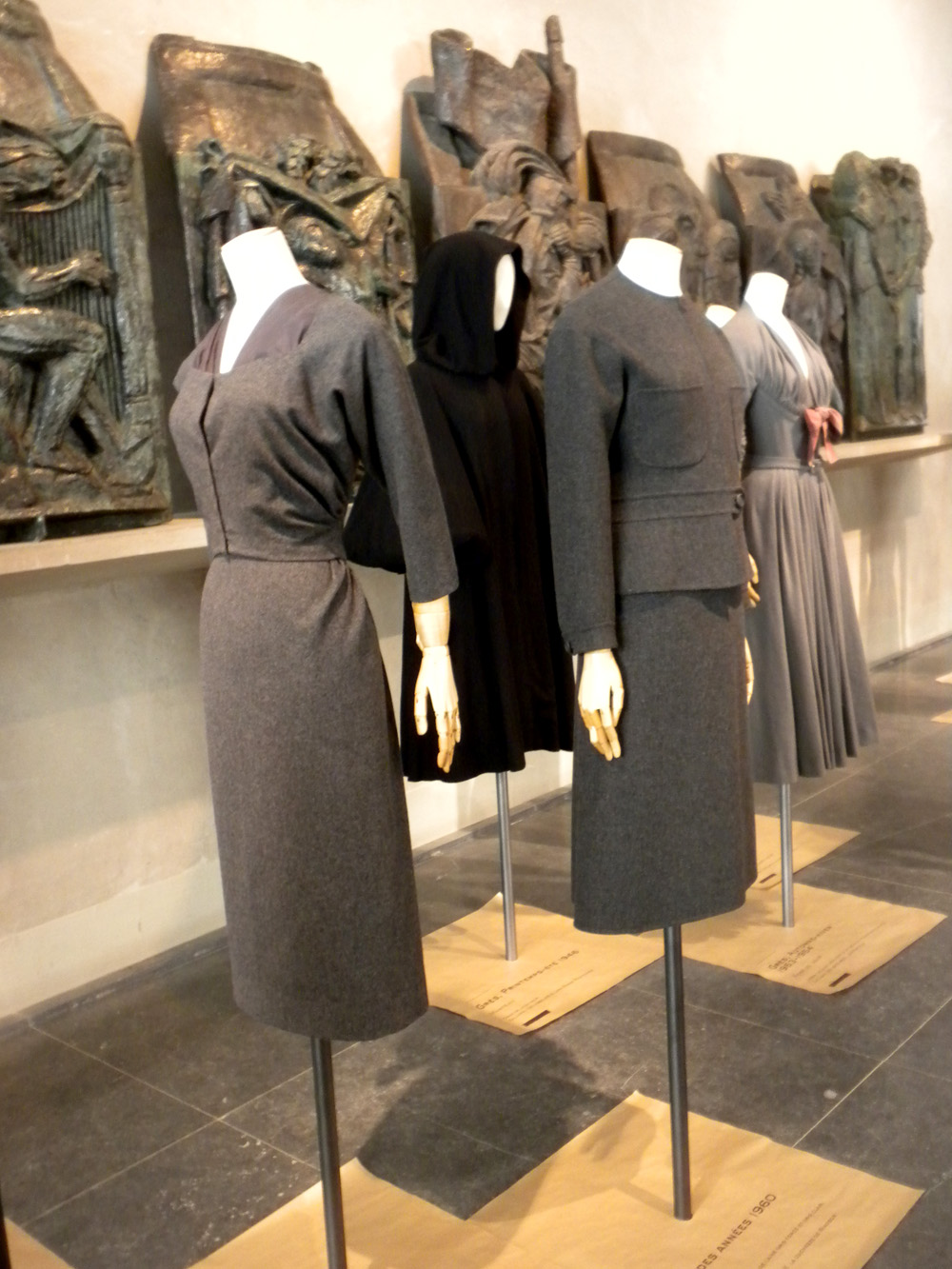



 " Army, Navy, Air Force, Marines," 1993, fabric, wire, vinyl, silkscreen, zipper.
" Army, Navy, Air Force, Marines," 1993, fabric, wire, vinyl, silkscreen, zipper.
